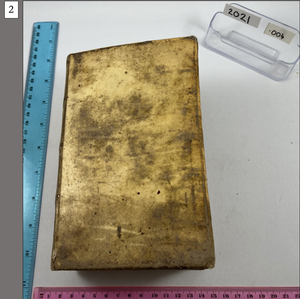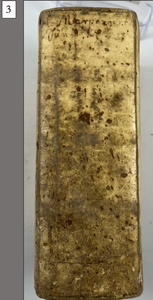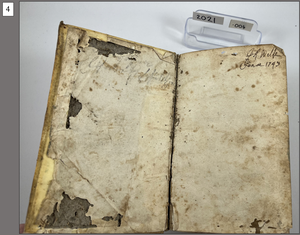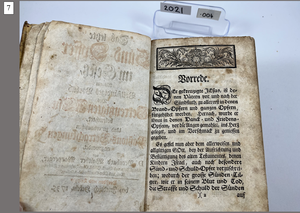This Page forms part of the overall Zebra-ProjectBy clicking on the following Link a list of all Zebra-Project tabbed pages will be displayed. |
To return to: Zebra-Project Publication Collections
[J.R.Wilke....1743. 'Simone'
John MUELLER Photographic Collection & Other Archival Material
288 year old fragile book, leather bound.
|
|
 |
 |
|
|
 |
 |
|
|
||





